Do we really need to say more about Miami’s centrality today for the USA–Spain–Latin America triangle?
The purchase of the iconic Sabadell Financial Center for $274.4 million (€236 million), wrested from giants KKR and Parkway, transcends a mere asset transfer. It reads as a geopolitical statement of capital.
Every brand, every media outlet, every influencer, every event, every show wants a foothold in Miami. Physical presence in Miami has become the most strategic “visibility” link in the Western world.
When Spain’s retail titan turns South Florida into his Western Hemisphere stronghold
This is not just another entry in Pontegadea’s diversified portfolio—the investment arm of Zara’s founder. It is unequivocal confirmation that Miami has cemented itself as the undisputed epicenter of Western economic power, the place where Europe’s titans deploy capital when they seek returns, stability, and strategic positioning for the coming decades.
The anatomy of a conquest: More than steel and glass
The Sabadell Financial Center is no ordinary building. This 30-story tower at 1111 Brickell Avenue—the financial artery par excellence of South Florida—embodies the physical manifestation of transatlantic banking power. It houses the U.S. offices of Banco Sabadell, one of Spain’s most sophisticated financial institutions, alongside multiple multinationals that have chosen Brickell as their hemispheric headquarters.
Negotiated discreetly since July and executed with Pontegadea’s signature surgical precision, the deal instantly becomes the largest corporate office sale in South Florida in 2025, outpacing transactions by heavyweights like Blackstone, Brookfield, and Tishman Speyer. The message is crystal clear: when Amancio Ortega makes a move, he resets the entire board.
As Dr. Peter Linneman, emeritus professor at Wharton and one of the most authoritative voices in global corporate real estate investment, puts it: “Ortega’s acquisitions aren’t opportunistic; they’re strategic on a generational scale. Every building Pontegadea buys is a calculated wager on which cities will dominate the world economy over the next 50 years. His growing footprint in Miami isn’t accidental; it’s prophetic.”
Miami: Magnet for the world’s most sophisticated capital
Ortega’s Brickell bet fits a broader and fascinating trend: the mass migration of European, Latin American, and Asian capital to South Florida as a store of value, growth engine, and hemispheric projection platform. Miami isn’t merely a city; it’s a sui generis economic phenomenon—an anomaly that blends U.S. tax advantages, Latin American connectivity, European sophistication, and Asian entrepreneurial dynamism.
According to CBRE and JLL, the world’s two leading real estate consultancies, Miami posted a 23% appreciation in Class A corporate assets in 2024—the highest among the 50 global cities tracked—driven precisely by the influx of European institutional investors who now view South Florida as what New York represented in the 20th century: the place where the future happens.
Brickell’s selection as ground zero for this investment is no accident either. Over the past 15 years, the financial district has undergone a spectacular metamorphosis—from a bland corporate corridor into the Wall Street of the South—with a density of human capital, financial institutions, and hedge funds rivaling Midtown Manhattan, but with a tropical climate, zero state income tax, and direct flights within 90 minutes to virtually all of Latin America.
Ortega’s quiet empire: The architecture of global real estate power
To understand the strategic magnitude of this acquisition, you have to contextualize Pontegadea’s operating model—the investment machine Amancio Ortega has meticulously built over two decades. With a property portfolio exceeding €18 billion in assets under management, Pontegadea operates with an investment philosophy as rigorous as the one that turned Inditex into the world’s largest fast-fashion empire: prime locations, top-tier institutional tenants, long-term leases, and cities with demonstrable demographic and economic tailwinds.
Ortega’s portfolio reads like a map of global economic power: Torre Cepsa in Madrid (€490 million); the Amazon Spheres complex in Seattle ($600 million); 11 Regent Street in London (€280 million); Royal Bank Plaza in Toronto ($940 million); flagship assets in Chicago, Paris, Barcelona, Seoul—and now, with growing intensity, Miami.
The strategy is brutally intelligent: Ortega reinvests the multibillion-euro dividends he collects from Inditex—€3.104 billion in 2025 alone, derived from his 59.29% stake—into tangible, cash-flowing assets located in geographies that hedge against monetary volatility and geopolitical turbulence.
As Professor William Goetzmann of the Yale School of Management documents in his research on ultra–high-net-worth real estate investment: “Prime corporate buildings in global cities are the gold of the 21st century. You can’t devalue them with monetary policy; you can’t easily confiscate them; they generate rents in dollars or euros; and they appreciate steadily over long horizons. Ortega understands this better than anyone.”
© 2025 Infonegocios Miami..
Read Smart, Be Smarter!
https://infonegocios.miami/suscribite-al-newsletter
Contact: [email protected]
Infonegocios NETWORK: 4.5 million Anglo-Latinos united by a passion for business.
Join us and stay informed
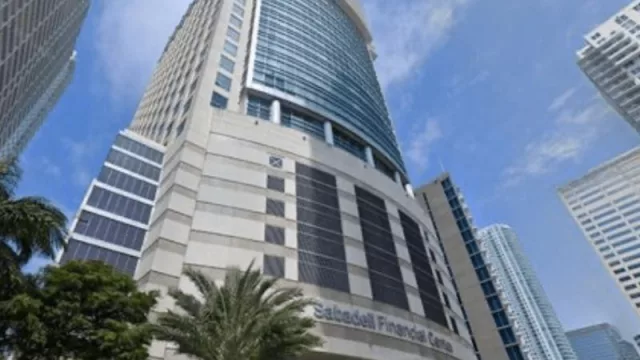
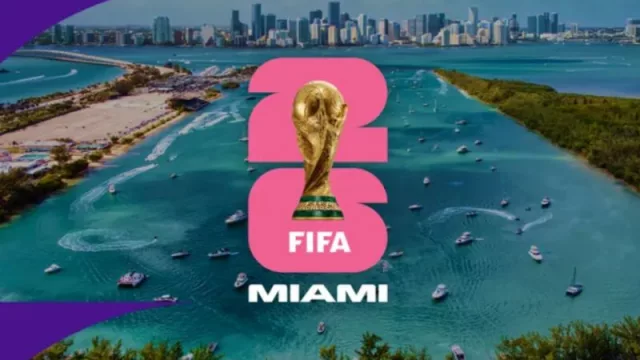


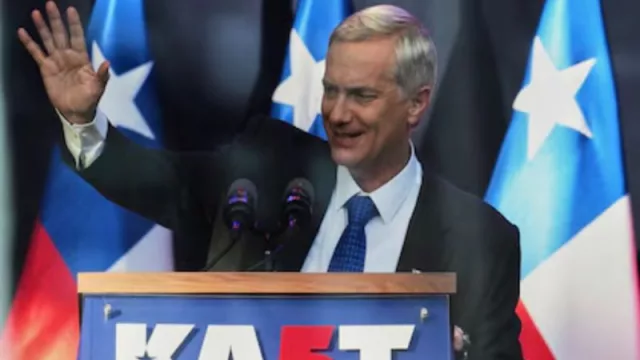


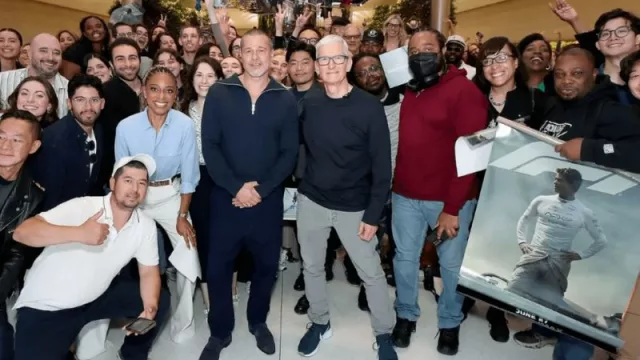

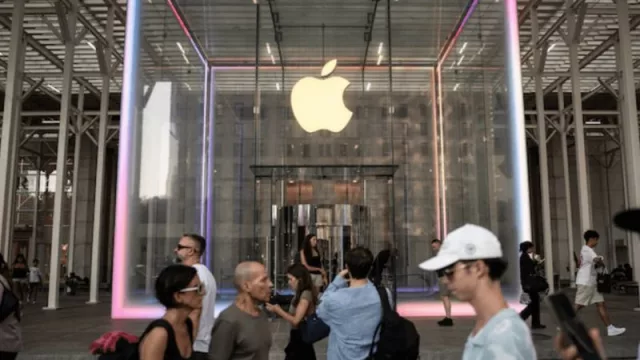
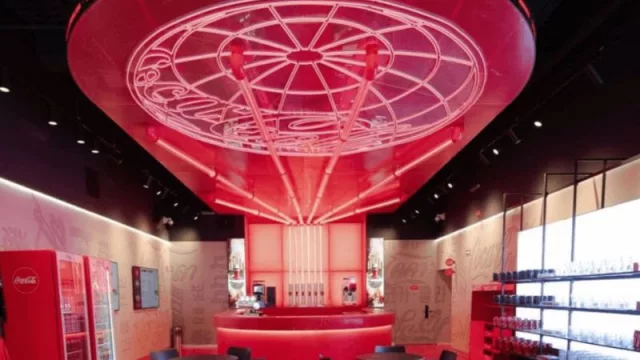

Tu opinión enriquece este artículo: